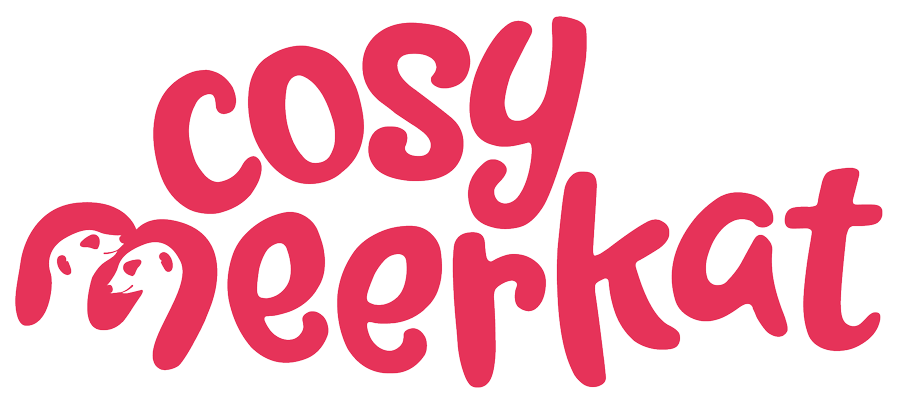Intranet platforms – how to select the best for your business.
I’ve recently been working with a client as part of their internal communications team to help them select a new intranet platform. The company is a complex one (like most are!), with some very specific needs and challenges. They have a broad geographical spread across the UK, most colleagues are front-line, working away from desktops. And many of them can’t access their mobile phones during working hours due to the nature of their work.
The company’s existing platform is coming to the end of its life, and they want to replace it with a more modern solution, one that helps to improve internal communication, drive engagement and encourage collaboration.
I’ve worked on several intranet projects in the past and I’ve loved being involved with this one. What stood out to me most this time around though, is how different each project is, even though the brief for each is broadly the same - ‘drive engagement, increase collaboration and make life easier for colleagues.’
Here’s a few thoughts on what I’ve learnt from this most recent intranet project.
What’s in a name? Not much, but it’s helpful to speak the same language.
Intranets, modern intranets, social intranets, employee experience platforms, employee engagement apps, digital workplaces. There are so many different names these days it can be confusing when looking at potential suppliers, who to focus on? What companies to look for? Etc. etc.
It can also be confusing internally when talking to stakeholders – ‘are we getting an app or an intranet? And what’s the difference?’.
Turns out, no matter how suppliers present themselves, a lot of them actually have very similar capabilities. For example, a few of our favourite suppliers all called themselves something different – employee engagement app, employee experience platform, digital workplace – but, crucially, they could all do what we needed them to do. The most important thing is to be clear on the features, functionality, and experience that you’re after. And when working with stakeholders internally, I’ve found keeping it consistent and familiar can make life a lot easier.
You don’t have to get off to the perfect start.
After looking at all the amazing advice out there about the right way to develop and launch a new intranet, it can feel disappointing if it doesn’t work out that way. Sometimes, for very good reasons, you have to skip a few steps, work backwards, scale down or negotiate responsibilities. It’s like any other project - time and resource constraints, budget challenges, business ownership and a whole host of other dependencies can crop up and force you to speed up, slow down or both.
All businesses have their complexities and their processes. Being flexible and adaptable is crucial to stay motivated throughout the project. In this latest project, we weren’t able to do much research with colleagues before getting stuck into conversations with suppliers. So, to make sure we don’t miss anything, we’ve factored in time to make sure there’s plenty of space and opportunity for colleagues to get involved in a meaningful way throughout the content development, testing and delivery of the new platform.
Prioritise your must haves, your nice to haves and your wouldn’t it be great to haves.
Implementing a new intranet, especially when migrating from an old system, can feel like a gargantuan task. But it doesn’t have to be, especially if resources are tight and time is even tighter. Work out what you absolutely must have and focus your energy there. The rest can always follow later. The great thing about most intranet platforms out there is that they can be super flexible with what you want to turn on and when. Hopefully, your must haves will nicely align to the things that are going to grab your peoples’ attention, then you can slowly build up the full experience from a solid starting place. From looking at the analytics, existing feedback, and discussing priorities with business stakeholders, we know that a huge priority is making sure that all the company’s guidance and policy information is easy to find. It’s not the sexiest of starting points, but it will be incredibly valuable to colleagues, and that’s what matters.
It’s all about relationships.
So many platforms and suppliers out there provide an amazing experience with great features, ongoing development, and support. It can be hard to separate them apart from each other.
The thing that we found most important, (apart from the obvious budget limitations and practical factors), is the relationship that we felt we could develop and build with the supplier. Do they get what you’re trying to achieve and how can they help you? Can you work with them and do you want to work with them? Intranet projects can be full of challenges – ups, downs and everything in between. It’s so important that you’re working with a team of suppliers that you can trust and that you enjoy working with.
If you need any help working through an intranet project, or any broader challenges with internal communication channels, give us a shout, we’d love to have a chat about how we could help.
